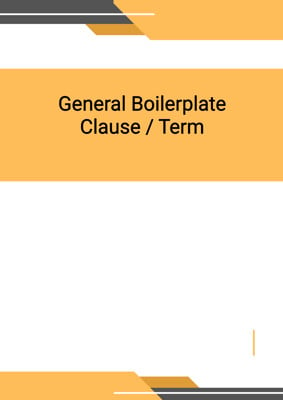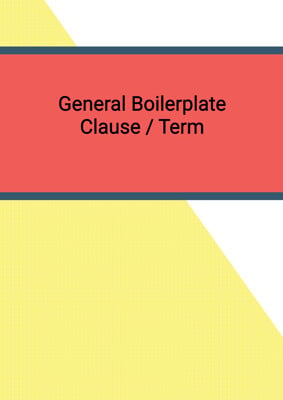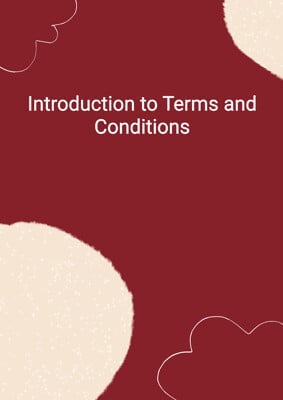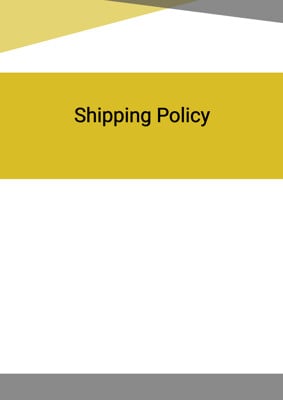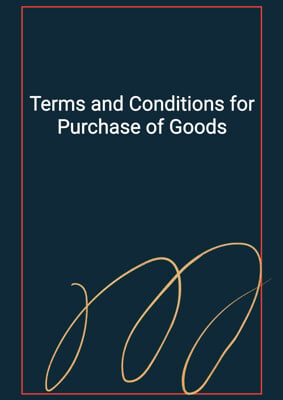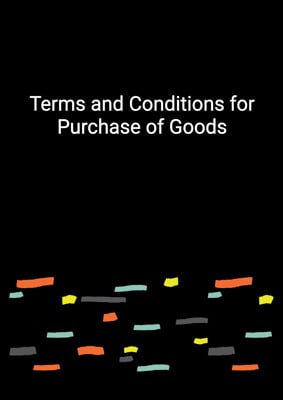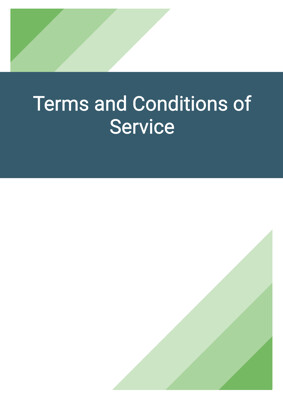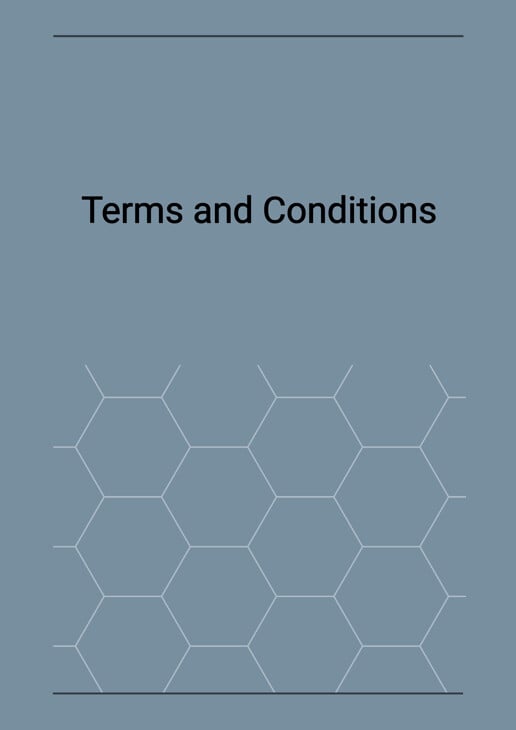
Terms and Conditions
Conditions of Carriage for Carrier
This document can be used to draft a standard terms and conditions for the carriage of goods between the Carrier and the Merchant. There are three parts to these terms and conditions, where part I applies to all carriage, part II applies to carriage by sea and part III applies to carriage by air. This is drafted from the perspective of the Carrier.
How to Tailor the Document for Your Need?
01
Create Document
Click "Create Document" button and the document will be prepared with your account details automatically filled in.
02
Fill Information
Please fill in any additional information by following the step-by-step guide on the left hand side of the preview document and click the "Next" button.
03
Get Document
When you are done, click the "Get Document" button and you can download the document in Word or PDF format.
04
Review Document
Please review the document carefully and make any final modifications to ensure that the details are correct before publication / distribution.
Document Preview
Document Description
The document titled 'Terms and Conditions' is of great importance as it outlines the rules and regulations that govern the carriage of goods. It is applicable to all types of carriage, including by sea and by air. The document begins with a general introduction, followed by specific provisions for each mode of transportation.
In Part I, which applies to all carriage of goods, the document incorporates the carrier's applicable tariff. It also includes a warranty clause, stating that the merchant warrants that they have the authority to agree to the terms and conditions on behalf of the goods' owner. The document further outlines the rights and immunities of the carrier and other persons involved in the carriage, including the carrier's entitlement to sub-contract the carriage and the merchant's obligation to indemnify the carrier against any claims or liabilities. The document also includes provisions regarding delay notice and time bar, stating that the carrier shall not be liable for any direct, indirect, or consequential loss or damage caused by delay, and that the carrier shall be discharged from all liability unless suit is brought within a specified time period.
Part II of the document specifically applies to the carriage of goods by sea. It incorporates the Hague Rules or the Hague-Visby Rules, depending on their applicability, which establish the liability of the carrier for loss, damage, or delay to the goods. The document clarifies that the carrier's responsibility is limited to the part of the carriage from loading onto the vessel to discharge from the vessel, and that the carrier shall not be liable for any loss or damage occurring during any other part of the carriage. The document also includes provisions regarding the liability limitation, package or shipping unit limitation, and ad valorem declared value of the goods.
Part III of the document applies to the carriage of goods by air. It states that the liability of the carrier is subject to the rules established by the Warsaw Convention or the Montreal Convention, depending on their applicability. The document explains that the carrier's liability limitation for cargo lost, damaged, or delayed is determined by these conventions, unless a higher value is declared by the merchant. The document also includes provisions regarding the route of transportation, notification requirements for loss, damage, or delay to goods, and the time limit for bringing claims against the carrier.
Overall, the 'Terms and Conditions' document is a comprehensive and essential document that outlines the rights, responsibilities, and limitations of both the carrier and the merchant in the carriage of goods.
How to use this document?
To use the 'Terms and Conditions' document effectively, follow these steps:
1. Familiarize yourself with the general provisions outlined in Part I. This includes understanding the carrier's applicable tariff, the warranty clause, and the rights and immunities of the carrier and other persons involved in the carriage.
2. If the carriage involves the carriage of goods by sea, refer to Part II. Understand the liability limitations, package or shipping unit limitations, and the ad valorem declared value provisions. Take note of the carrier's limited responsibility for goods carried on deck and the merchant's obligation to defend, indemnify, and hold harmless the carrier for any extra costs incurred.
3. If the carriage involves the carriage of goods by air, refer to Part III. Be aware of the carrier's rights and responsibilities under the Warsaw Convention or the Montreal Convention. Understand the carrier's liability limitation and the requirements for notification of loss, damage, or delay to goods.
4. When using the document, ensure that you comply with all applicable laws, regulations, and requirements of customs, port, and other authorities. Pay attention to any specific instructions or recommendations given by the carrier or any government or authority.
5. If you have any questions or concerns about the document or its provisions, seek legal advice or consult with the carrier to clarify any ambiguities.
6. Keep a copy of the 'Terms and Conditions' document for your records and refer to it whenever necessary to ensure compliance with the agreed-upon terms and conditions of carriage.
By following these steps, you can effectively use the 'Terms and Conditions' document to ensure a smooth and legally compliant carriage of goods.
Not the right document?
Don’t worry, we have thousands of documents for you to choose from:





